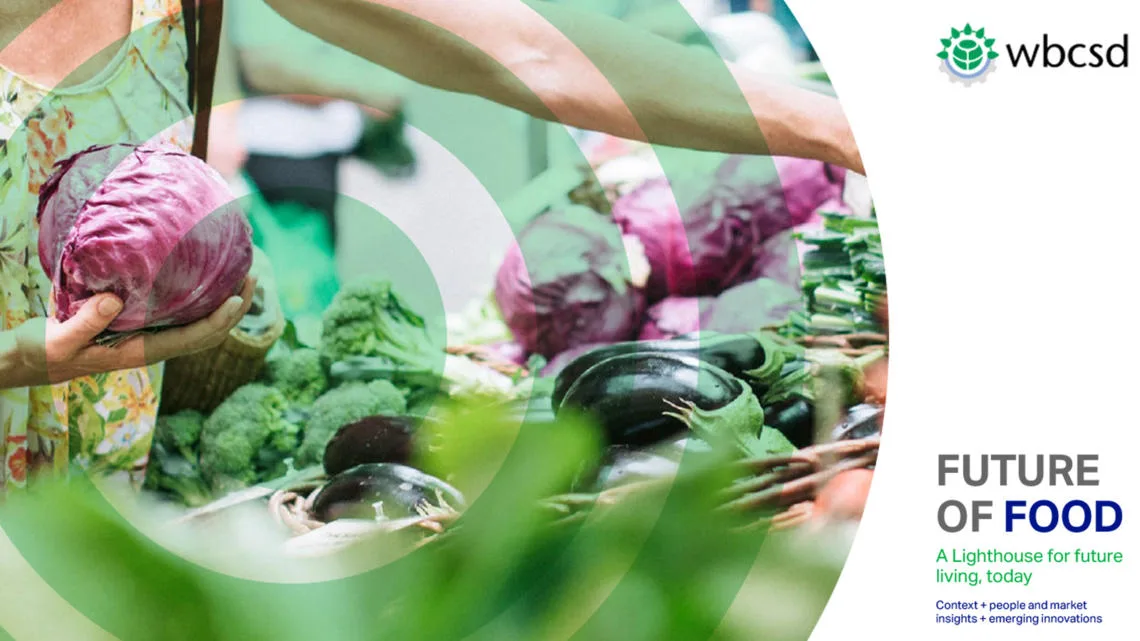The normal way of approaching the sustainable lifestyles challenge is to think about it in terms of reducing material consumption. Live in a smaller home; fly and drive less; eat less meat. We believe that we need a more positive view of what lifestyles could be like in the future – a shared vision of what it means to live well.
That’s why we are creating this “Future of” series. We will be publishing research that looks at different aspects of people’s lifestyles around the world – from where they live, to how they move around, to what they eat – and explores the challenges people are facing and the aspirations that they hold. We believe that starting with an individual’s perspective allows us to better understand how we can help people to live well.
We’re delighted to share our “Future of Food” research, providing companies with a comprehensive snapshot of the pressures, trends and influences determining how their customers are experiencing their food today. The research forms the basis for our food “Lighthouse”, a simple, shared, inspiring vision of a future of food that leads to a happier, healthier (& more sustainable) lifestyle.
The Lighthouse highlights people’s needs and wants from their lifestyles (today, tomorrow, in five years, in 15 years), and identifies spaces in which innovation needs to occur to be able to deliver this vision. It is designed to help companies uncover new opportunities to offer people healthier, more appealing and sustainable nutrition.
Companies should use this research and Future of Food Lighthouse as a foundation for conversations with colleagues in R&D, Innovation, Insights, Marketing, Brand Strategy and public affairs. It can quickly engage colleagues and partners in a shared positive vision of the future your company can play a role in creating. It reveals both where you can add value towards this vision today, as well as future innovation opportunity areas in support of this vision. We hope that companies all around the world will be inspired by this vision, and use the ideas and trends that we have drawn from to accelerate the creation of, and customer engagement in, a more sustainable and aspirational future of food for all.
You can view this report as a PDF, or as an “ePublication”, with embedded media such as videos. Please note, the ePub is designed for tablets, not desktops.

